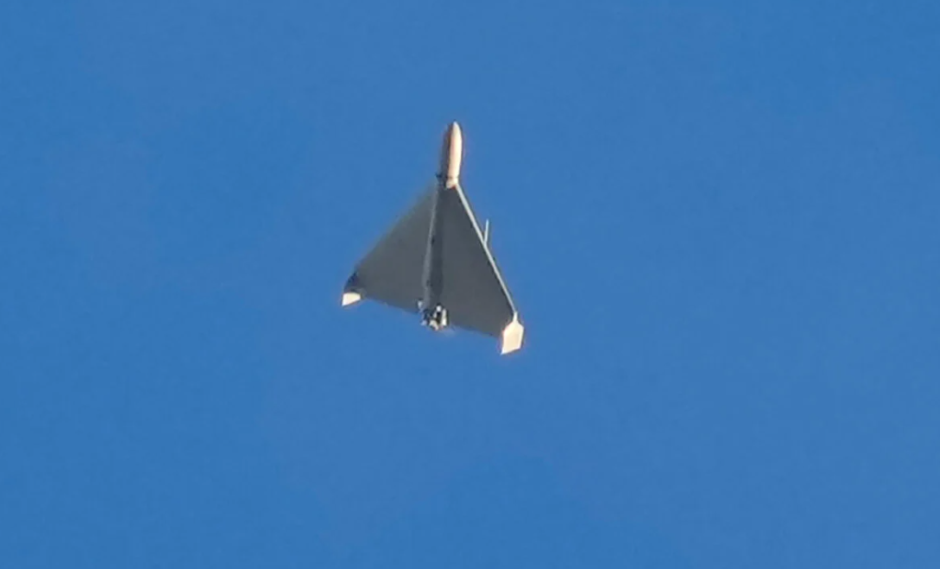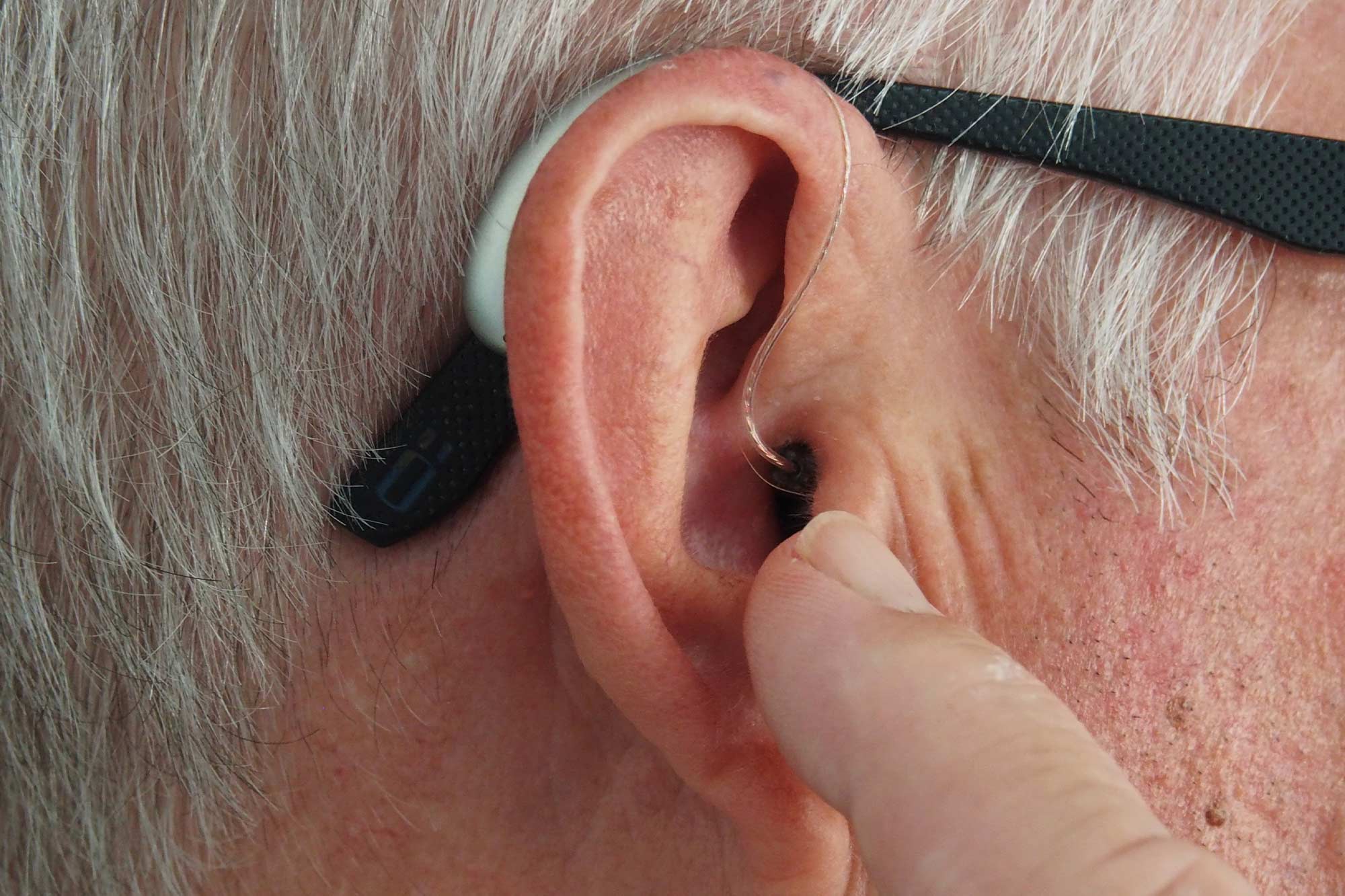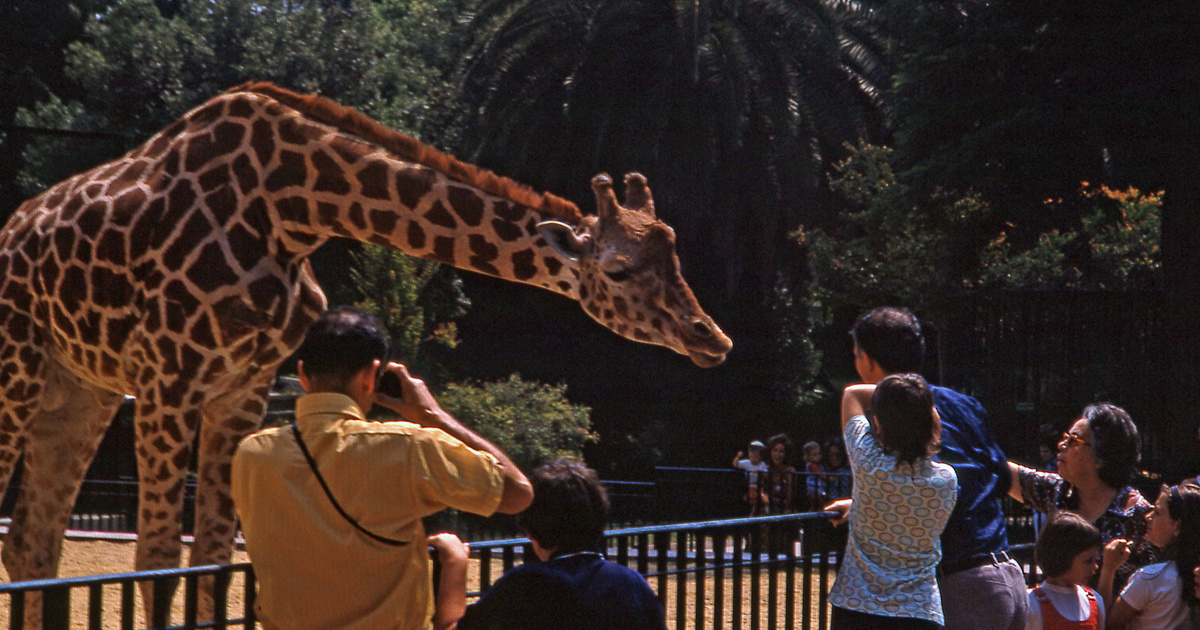MTI wrote that two studies also showed that there was enough DNA in the zoo’s air to identify which animals lived there.
On January 6, two independent research groups published an independent study in the journal Current Biology ( firstAnd Secondly), showing that enough DNA can be collected from a sample taken from the air of a local zoo to identify nearby animals. This can be a valuable, non-invasive tool for biodiversity monitoring.
The discovery of ecological DNA in vertebrates allows the discovery of unseen animals
Said Christine Baumann, Head of the Research Team at the University of Copenhagen.
Terrestrial animals can be tracked in several ways: directly with camera and personal observation, or indirectly, for example, based on footprints or leftover excrement. The disadvantage of these methods is that they can require serious fieldwork and require the physical presence of the animal. Recalling Bowman’s own research experience, Phys.org He told Science Gate that observing so many species in direct ways means a lot of work, especially when the animals can’t be captured and live in enclosed or inaccessible spaces.
Elizabeth Clare, head of research at Queen Mary University of London and currently at York University in Toronto, added that while DNA is easier to trace in rivers and lakes, it is very difficult in the air. At the same time, the zoo’s tests were surprisingly successful.
Bowman and Claire also built on their previous research on wildlife, which collected samples containing the DNA released by the animals, called “environmental DNA,” or eDNA. This technology is mainly used to monitor aquatic organisms by sequencing eDNA from water samples.
Research teams conducted the studies at a local zoo: specimens were collected at various points in the zoo, including enclosures and outdoor cages. “We used a fan to collect airborne eDNA, just like we used to cool a computer, and attached a filter to it,” said Christina Lingard, a postdoctoral fellow at the University of Copenhagen.
The fan sucks air from the zoo and its surroundings. After this was filtered, DNA was extracted from the filter and copies of the animal’s DNA were made. Samples were processed and compared against a reference database to identify animal species. Both research teams have paid close attention to ensuring that DNA is not contaminated.
The researchers were able to detect animals in the zoo as well as those that live nearby in all of the studies. A research team at Queen Mary University of London identified DNA from 25 species of mammals and birds and 49 vertebrates from the University of Copenhagen, including mammals, birds, reptiles, amphibians and fish.
The fact that their work was published at the same time is not a coincidence, the researchers of the two universities had known each other’s work before the articles were published, so they communicated and together decided to present their studies.
(Source: MTI)
(Cover photo: a giraffe at the Bromma Zoo. Photo: Walter Liporati/Getty Images)












































